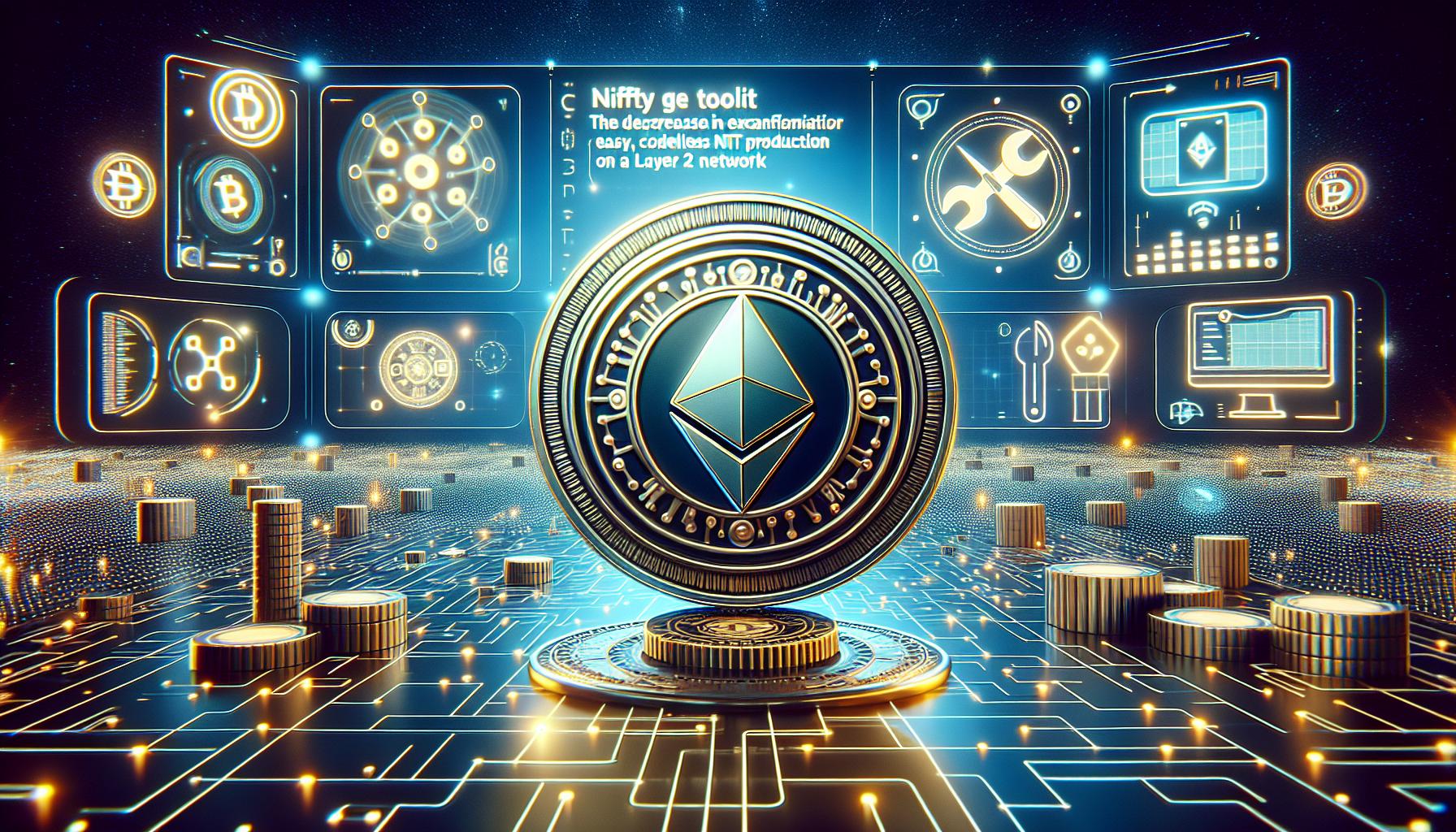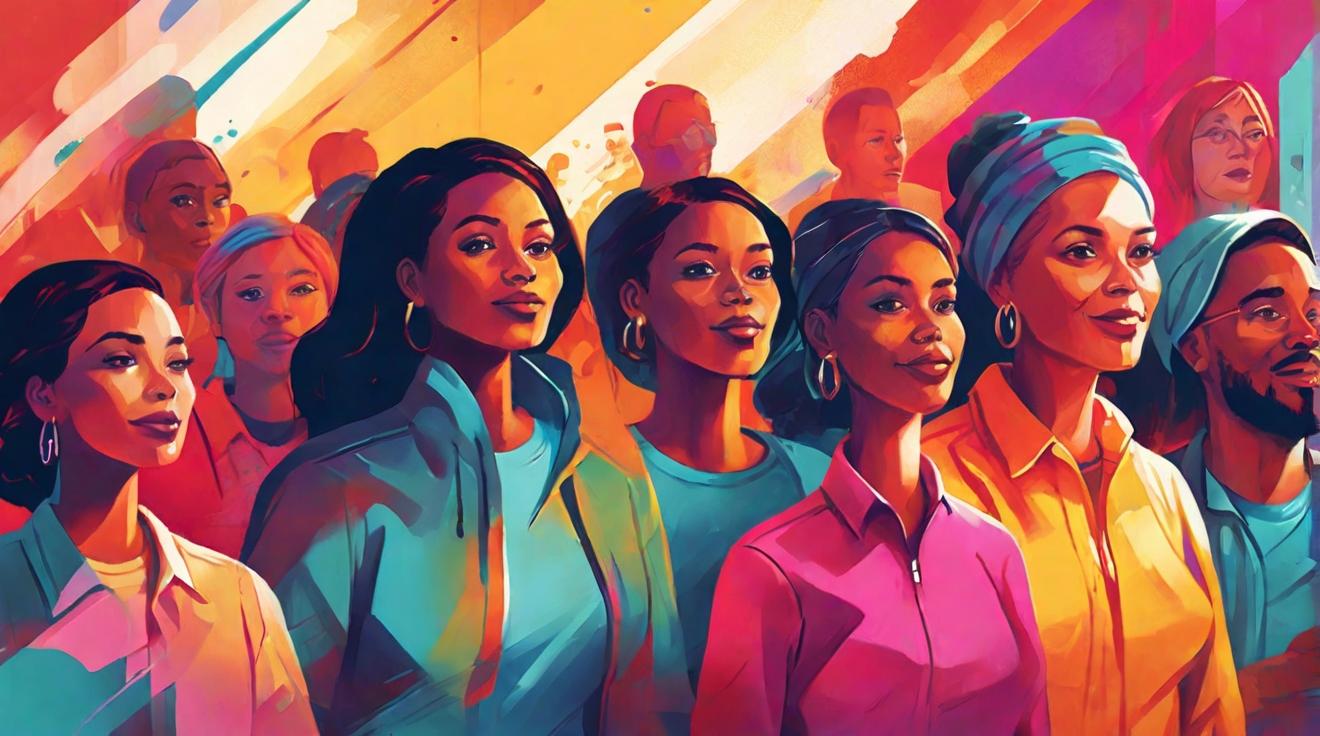The Rise of Cosmetic Microtransactions in Live Service Games
In the world of gaming, cosmetic microtransactions have become a hot topic of discussion. It seems that everywhere you look, live service games are offering players the opportunity to purchase skins, weapon upgrades, and other digital goodies. It wasn’t too long ago that paid DLC was the main source of controversy, but now we find ourselves in a world where $100 bundles and loot boxes are the norm.
Apex Legends and the Persistence of Loot Boxes
One game that has been at the forefront of the microtransaction debate is Apex Legends. Despite the backlash against loot boxes in recent years, Apex Legends continues to include them in its game. In fact, the game recently launched a Final Fantasy 7 crossover event that features 36 themed cosmetics, with some items requiring players to spend nearly $300 on loot boxes to guarantee they get the grand prize. It’s clear that loot boxes have not disappeared from the gaming industry, and Apex Legends is proof of that.
How the Economics of Live Games Are Getting Out of Hand
Two PC Gamer staff members, Morgan Park and Tim Clark, have been feeling the squeeze of expensive microtransactions in their favorite live service games. The prices of premium bundles and collaboration events have been steadily increasing, leaving players to question whether the economics of live games have gotten out of hand. Morgan wonders how games like Apex Legends, which feature outfits that cost over $20 and “deals” that actually increase in price the more you buy, have become so grossly expensive. Tim, on the other hand, notes that some of the best-looking gear in games like Destiny 2 is locked behind paywalls, rather than being rewards for completing difficult content.
Players’ Differing Acceptance of High-priced Skins in FPS Games
While some players are openly critical of the exorbitant prices of microtransactions, there are others who seem perfectly content to spend significant amounts of money on digital goods. Valorant, in particular, has a community that embraces triple-digit bundles and costly skin upgrades. For these players, the digital cosmetics serve as status symbols, and they are willing to pay whatever it takes to obtain these rare and exclusive items. It’s essential to recognize that different communities have different perspectives on the value of these items and are willing to pay accordingly.
The Future of Microtransactions: Is There Any Turning Back?
When it comes to microtransactions, the bottom line is that game publishers charge these prices because they know players will pay them. It’s a matter of supply and demand. Publishers have entire departments dedicated to analyzing player behavior and determining the exact amount of money they can extract before players stop paying. As long as players continue to spend money on microtransactions, the practices will likely continue.
The fact remains that there is no easy solution to the issue of microtransactions in live service games. As long as players are willing to pay, publishers will continue to offer expensive cosmetic options. While some players may choose to boycott these practices, it will take a significant shift in player behavior to prompt any real change in the industry. Until then, players will have to decide for themselves how much they are willing to spend on microtransactions and whether the value proposition is worth it.
Analyst comment
Neutral News
As an analyst, the rise of cosmetic microtransactions in live service games will likely continue to grow. Publishers will continue to offer expensive cosmetic options as long as players are willing to pay. While some players may choose to boycott these practices, real change in the industry will require a significant shift in player behavior. Players will need to determine for themselves how much they are willing to spend on microtransactions and evaluate the value proposition.













